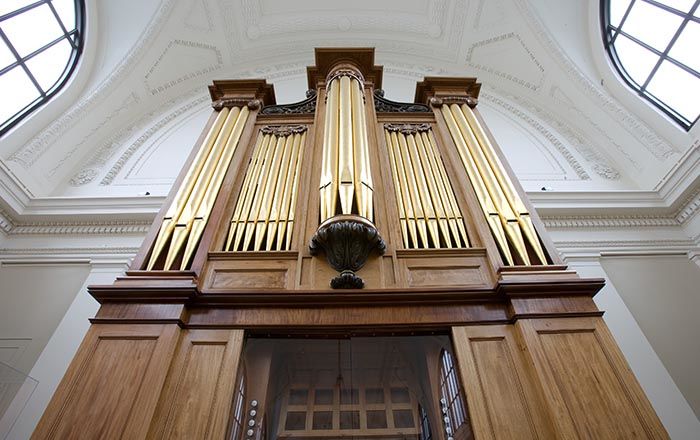Banjo
Peter R. Ross American
Not on view
The earliest banjos, built by Black musicians in the Caribbean and on the east coast of the United States, were all made with gourd resonator bodies—similar to west African instruments like the ngoni, xalam, and even kora. There are only three surviving examples known to exist from the eighteenth and early nineteenth centuries. By the middle of the 19th century, the gourd resonator had been replaced by a wooden rim, and later still the rim became metal.
In the last several decades, there have been many Black musicians who have returned to the techniques and repertoire of the earliest banjo players. In order to interpret this music, they have turned to makers such as Pete Ross to make contemporary instruments that are inspired by features of historic banjos, such as the gourd resonator and the goatskin head attached to the gourd with upholstery tacks. Instruments such as this are not copies, however, as they include innovative ideas such as the use of tuning pegs that are positioned in a diagonal to make it easier for musicians to tune the strings.
This image cannot be enlarged, viewed at full screen, or downloaded.
This artwork is meant to be viewed from right to left. Scroll left to view more.

